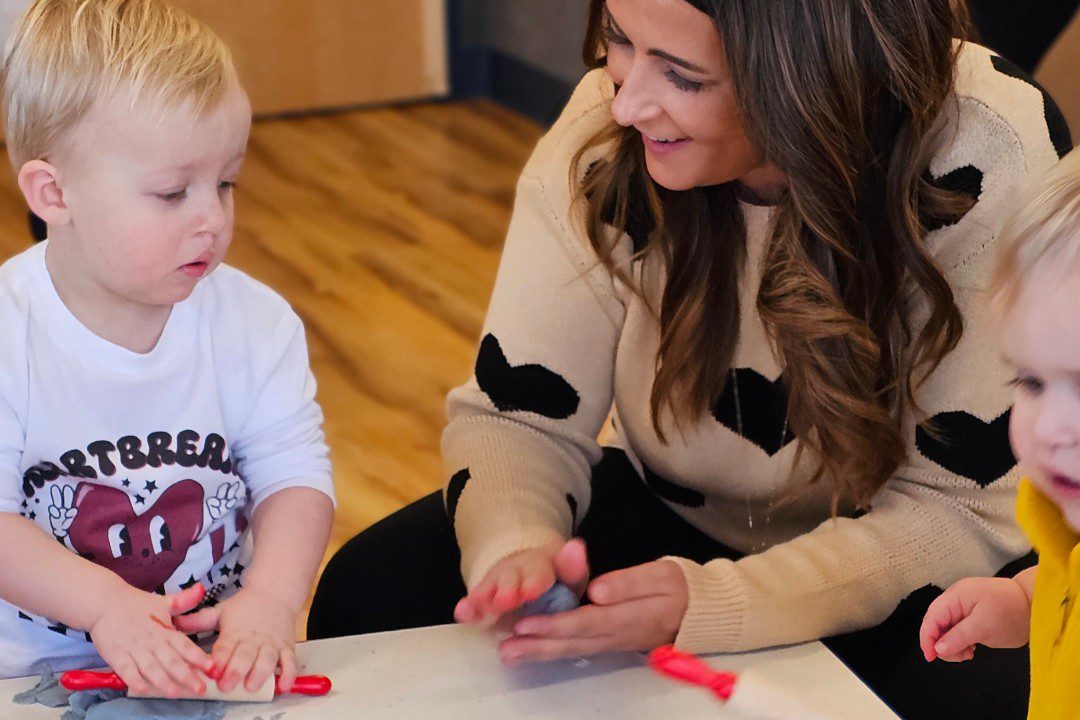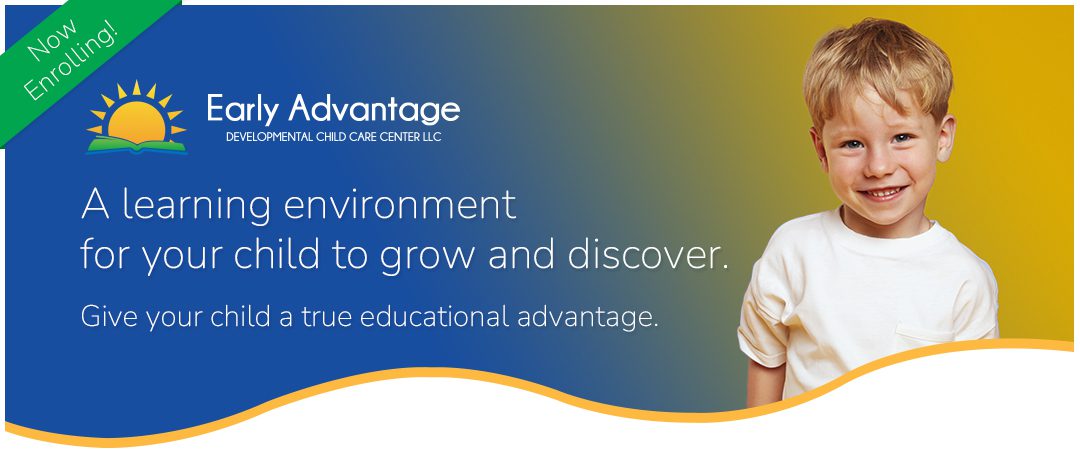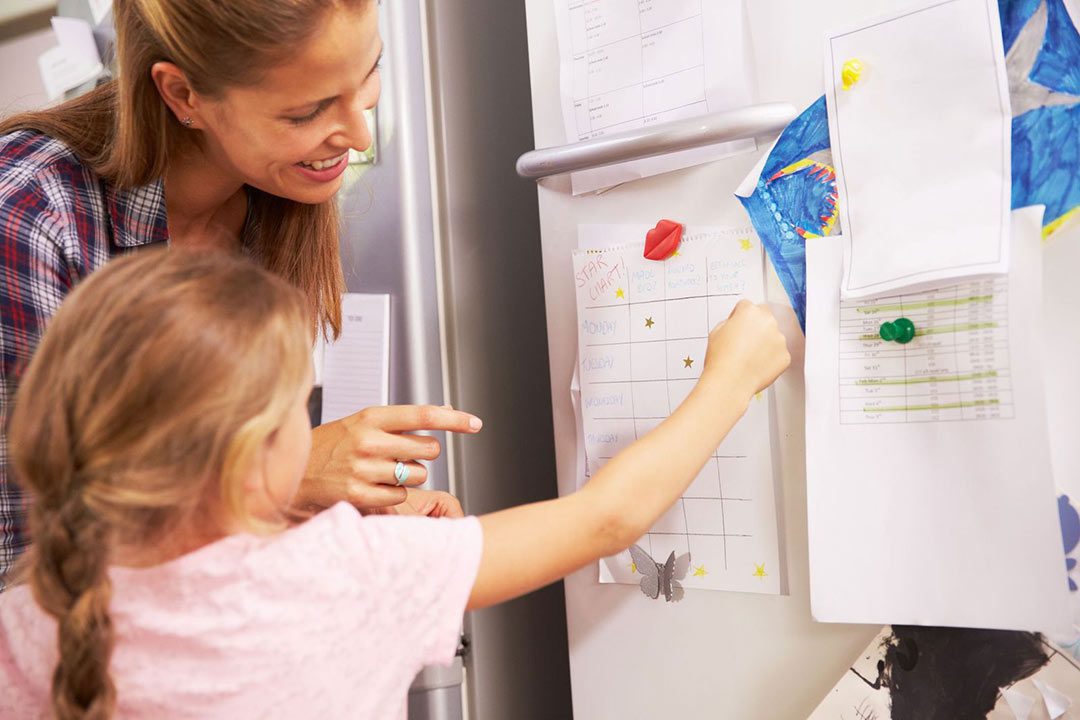Positive reinforcement is a powerful tool in shaping and encouraging desired behaviors in children.
This article explores how using positive reinforcement can significantly impact a child’s behavior, fostering a positive environment and promoting good behavior.
By understanding and implementing effective positive reinforcement strategies, parents and educators can support the development of well-adjusted, happy, and responsible children. (Also check out 9 Tips to Help Teach Your Child the Benefit of Responsibility)
Understanding Positive Reinforcement
Positive reinforcement is the process of encouraging a desired behavior by offering a rewarding stimulus after the behavior is exhibited. This reward increases the likelihood that the behavior will be repeated in the future.
Unlike negative reinforcement, which involves removing an unpleasant stimulus to encourage behavior, positive reinforcement focuses on adding a pleasant consequence to reinforce positive actions.

Benefits of Positive Reinforcement
Positive reinforcement offers numerous benefits for children’s behavior and overall development. One of the key benefits is that it helps children develop a positive self-image. When children receive positive reinforcement, they feel valued and appreciated, which boosts their self-esteem. This positive feedback encourages them to continue exhibiting good behavior.
Moreover, positive reinforcement encourages children to engage in positive actions consistently. By reinforcing desired behaviors, children learn what is expected of them and are motivated to meet those expectations. This method also helps in building a positive relationship between children and their caregivers, as it fosters an environment of mutual respect and appreciation.
Types of Positive Reinforcement for Kids
There are various types of positive reinforcement that can be used to encourage good behavior in children. Understanding these types can help parents and educators effectively apply them in different situations.
Social Reinforcement
Social reinforcement involves providing positive feedback through verbal praise, smiles, or other forms of social approval. This type of reinforcement is particularly effective for younger children who value attention and approval from their caregivers.
Material Reinforcement
Material reinforcement includes tangible rewards such as toys, stickers, or treats. This type of reinforcement can be particularly motivating for children, especially when used sparingly and in conjunction with social reinforcement.
Activity Reinforcement
Activity reinforcement involves allowing children to engage in a preferred activity as a reward for good behavior. This could include extra playtime, a special outing, or time spent on a favorite hobby.
Difference Between Positive and Negative Reinforcement
While both positive and negative reinforcement aim to increase the likelihood of a desired behavior, they do so in different ways. Positive reinforcement adds a pleasant stimulus to encourage behavior, whereas negative reinforcement removes an unpleasant stimulus.
Positive Reinforcement
Positive reinforcement involves giving a child praise or a reward when they exhibit the desired behavior. This approach encourages the child to repeat the behavior to receive more positive feedback.
Negative Reinforcement
Negative reinforcement involves removing a negative condition to encourage the desired behavior. For example, a teacher might stop giving reminders about homework when a student consistently turns it in on time.
How to Use Positive Reinforcement Effectively
To effectively use positive reinforcement, it’s important to follow some key principles. Here are some strategies for implementing positive reinforcement successfully.
Be Specific and Immediate
When providing positive reinforcement, be specific about what behavior you are rewarding. For example, instead of saying, “Good job,” you could say, “I’m proud of you for sharing your toys with your sibling.” Additionally, provide reinforcement immediately after the desired behavior to help the child make a clear connection between the behavior and the reward.
Consistency is Key
Consistency is crucial in positive reinforcement. Ensure that you consistently reinforce the desired behavior each time it occurs. This helps children understand that their positive actions are always acknowledged and appreciated.
Use a Variety of Reinforcements
Using a variety of reinforcements can keep the child motivated and engaged. Combining social, material, and activity reinforcements can be more effective than relying on just one type of reinforcement.
Examples of Positive Reinforcement you can use at home
At home, parents can use positive reinforcement to encourage behaviors such as tidying up toys, completing homework, or displaying good manners. For instance, a parent might praise their child for cleaning up their room and offer a special treat or an extra bedtime story as a reward.
Here are some practical examples of how positive reinforcement can be used to encourage good behavior in children.
Sticker Charts
Create a simple sticker chart to track positive behaviors, such as cleaning up toys, brushing teeth, or sharing with siblings. Every time your child completes a task, they get to add a sticker to their chart. Once they reach a certain number of stickers, reward them with something special like a trip to the park or a movie night.
Extra Playtime
If your child completes their chores or behaves well during the day, reward them with a little extra playtime before bed. Whether it’s 10 extra minutes of their favorite game or an extra bedtime story, this reward lets them know their efforts are appreciated.
Special Privileges
When your child consistently displays positive behavior, reward them with special privileges like choosing what’s for dinner or deciding the family activity for the weekend. These kinds of privileges make your child feel empowered and excited to keep up the good behavior.
Positive Notes or Messages
Leave a little note in their lunchbox or write a message on a whiteboard saying, “You did such a great job sharing with your brother today!” or “I’m so proud of how you helped clean up your room.” These small gestures of acknowledgment can have a big impact on boosting your child’s self-esteem and reinforcing good behavior.
Earned Experiences
Rather than giving material rewards, offer experiences. If your child is consistently kind and helpful, reward them with a special outing, such as visiting their favorite park, baking cookies together, or going to the zoo. Experiences are memorable and can be more meaningful than material items.
High Fives and Hugs
Sometimes, the simplest forms of positive reinforcement are the most effective. A quick high-five, hug, or even a smile and a “thank you” can go a long way in reinforcing the behavior you want to see more of.
Special Responsibility
Give your child an “important job” as a reward for good behavior. This could be something they don’t usually get to do, like being in charge of setting the table for dinner or helping to pick out the family pet’s food at the store. Kids love feeling responsible and appreciated for their contributions.
“Caught Being Good” Jar
Keep a jar where you can place a marble or small token every time you “catch” your child doing something positive, like sharing, using kind words, or finishing homework without being asked. Once the jar is full, they can choose a special reward such as a family movie night or a day at their favorite play center.
How Early Advantage Uses Positive Reinforcement
At Early Advantage, we believe in the power of positive reinforcement to shape and nurture children’s behavior.
Our approach is designed to create a warm, supportive environment where children feel valued and motivated to grow. Feel free to adopt any of the below methods for your own home.
Here are some of the key ways we use positive reinforcement in our classrooms:
Verbal Encouragement
Teachers at Early Advantage regularly use verbal praise to acknowledge and encourage positive behaviors. Simple phrases like “You did it! You shared with your friend!” or “good for you! You helped clean up and look how amazing our room is now!” help children understand which actions are appreciated. This immediate feedback boosts their confidence, creates personal accountability and encourages them to continue behaving in positive ways.
Group Recognition
Positive reinforcement isn’t limited to individual achievements. At Early Advantage, we celebrate group efforts, too. For instance, when the entire class works together to clean up or follow instructions, they might earn a class reward, such as a group activity or an outdoor adventure. This fosters teamwork and teaches children that working together leads to shared success.
Special Responsibilities
As a form of positive reinforcement, children who consistently show positive behaviors are often given special responsibilities within the classroom. This could include being the “line leader,” helping distribute materials, or taking on other leadership roles. These responsibilities make children feel proud of their contributions and motivate them to continue acting in positive ways.
Tangible Rewards
While we focus heavily on social and verbal reinforcement, we also occasionally use tangible rewards, such as stickers, small toys, or certificates, to acknowledge a child’s consistent good behavior. These rewards are carefully integrated to enhance motivation without relying too heavily on material incentives.
Celebrating Milestones
At Early Advantage, we also celebrate individual developmental milestones with positive reinforcement. Whether it’s a child learning to tie their shoes, write their name, or make new friends, teachers recognize and celebrate these moments with encouragement and praise. This helps children feel proud of their accomplishments and motivates them to keep challenging themselves.
Creating a Positive Environment
Overall, our goal at Early Advantage is to create a nurturing and positive learning environment. By focusing on positive reinforcement, we encourage children to explore, learn, and grow in a setting where they feel supported and understood. This approach helps children build confidence, develop self-discipline, and establish lasting positive behavior patterns.

The Impact of Positive Reinforcement on Behavior
Positive reinforcement is an effective way to impact children’s behavior. It helps them understand what behaviors are expected and appreciated, leading to an increase in those behaviors. Children who receive positive reinforcement are more likely to develop positive behavior patterns, exhibit self-discipline, and have higher self-esteem.
Encourages Positive Behavior
Positive reinforcement encourages children to repeat behaviors that are rewarded. This creates a cycle of positive behavior, where children strive to receive praise and rewards, leading to consistent good behavior.
Builds Self-Esteem
When children receive positive feedback, they feel valued and confident. This boost in self-esteem motivates them to continue performing well and engaging in positive actions.
Positive Reinforcement in Early Childhood
Early childhood is a crucial period for development, and positive reinforcement also plays a vital role in shaping children’s behavior during these formative years. By using positive reinforcement, parents and educators can help children develop social skills, emotional regulation, and a love for learning.
Creating a Positive Learning Environment
In early childhood education, creating a positive learning environment is essential. Positive reinforcement helps establish a supportive and encouraging atmosphere where children feel safe and motivated to explore and learn.
Encouraging Social Skills
Positive reinforcement encourages children to develop social skills by rewarding behavior you want such as sharing, cooperating, and showing empathy. This helps children build positive relationships with their peers and adults.

Positive Parenting and a Positive Preschool Classroom: The Right Combination
At Early Advantage, our child care center is committed to cultivating your child’s potential through natural techniques and the process of learning. Raising children can be stressful and we strive to create a positive classroom culture to help your child learn and grow effectively.
If you’re interested in any of the child care programs offered by Early Advantage, we invite you to schedule a tour. We are passionate about the development of children and can’t wait to partner with you to help create a positive growth opportunity for your child!

